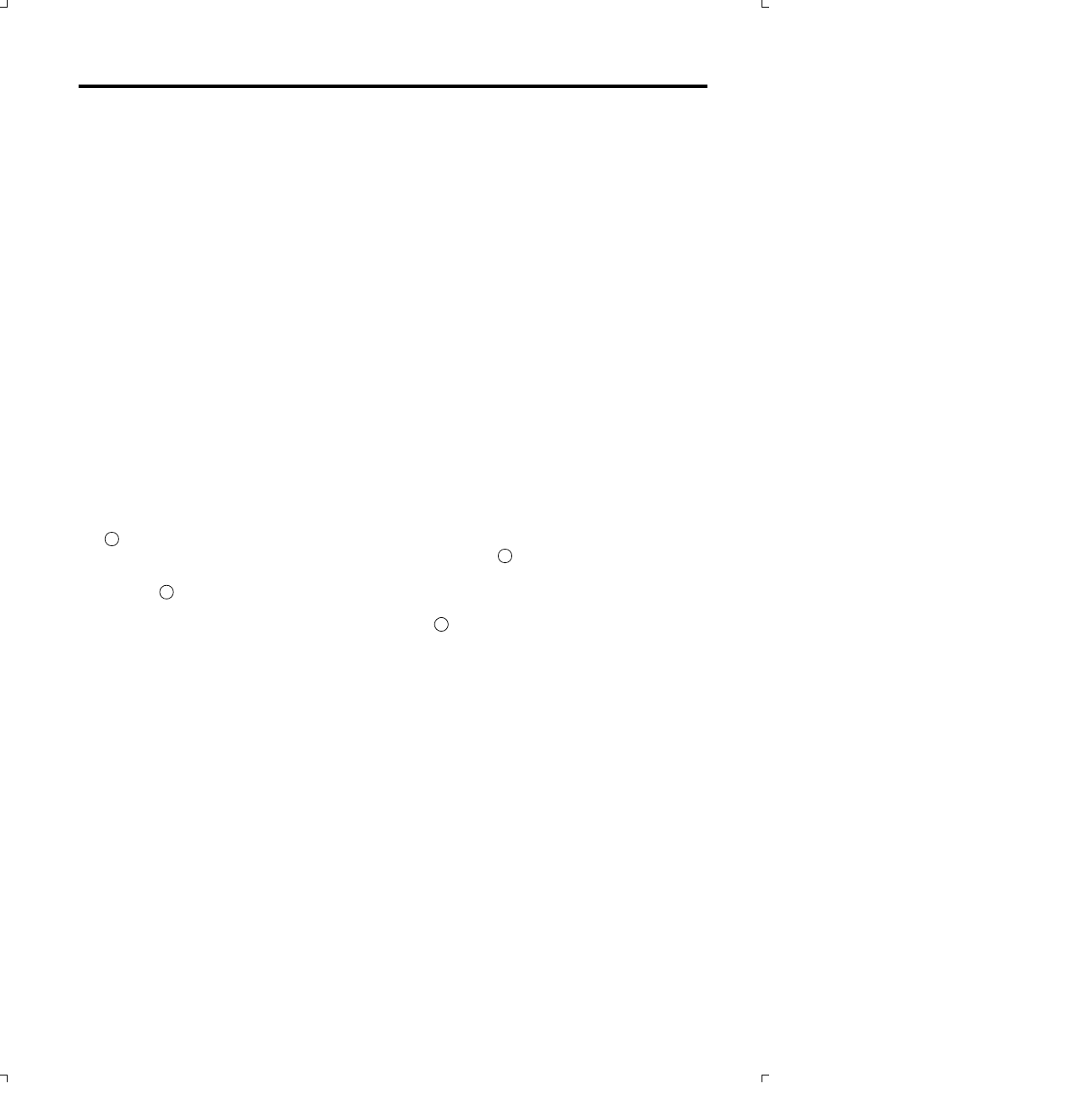Aprilia RS 250. Manual - part 5

2 - 32
BRAKE PADS
Wearing condition of brake pads can be checked
through the slits in the brake caliper. On the rear
brake caliper the slit is closed by a chick-on cover
which has to be removed (raise the side of the co-
ver with a flot screwdriver).
When the thickness (even if only of a single pad) is
down to about 1 mm, replace both pads.
PASTILLAS DEL FRENO
El desgaste de las pastillas puede ser controlado
visualmente, através de la ranura que hay en la
pinza del freno. Sobre la pinza trasera la ranura
está cerrada por una tada encajada, que tiene que
ser extraída (levantar el lado delatada con un de-
stornillador plano).
Cuando el espesor (incluso de sólo una pastilla) es
de 1 mm, hay que substituire las dos pastillas.
BRAKE PEDAL HEIGHT ADJUSTMENT
●
Loosen the lock nut and turn the adjuster screw
0
1
0
to adjust pedal height. When the operation
is over, tighten the lock nut.
●
Loosen the lock nut and turn the brake pump
adjuster
0
2
0
to reset the correct pedal idle
stroke.
●
Once the operation is over, check that the rear
wheel does not continue to brake when the
brake pedal is released.
PERIODIC MAINTENANCE AND
TUNE-UP PROCEDURES
OPERACIONES DE MANTENIMIENTO
PERIODICO Y DE PUESTA A PUNTO
REGULACION DE LA ALTURA DEL PEDAL DE
FRENO
●
Aflojar la contratuerca y maniobrar el tornillo
de reglaje
0
1
0
para regular la altura del pedal.
Una vez terminada la operación apretar la con-
tratuerca.
●
Aflojar la contratuerca y maniobrar el reglaje
0
2
0
de la bomba del freno para restablecer el
recorrido en vacío correcto del pedal.
●
Al terminar la operación comprobar que la rue-
da trasera no queda frenada cuando se suelta
el pedal del freno.